You’ve probably seen our advertisements recently about repairing roofs in the wintertime. And as great as the response has been, we’ve also receive quite a bit of skeptic comments about if this can truly be done well.
A lot of people ask, “Don’t you need heat from the sun to help seal the shingles correctly?” The buzz is: “If you repair a roof in too cold of temperatures, the shingles won’t stick to each other, and they’ll easily blow off. That’s why a lot of companies won’t warrant the work they do in the winter time.”
So, we’d like to set the record straight; to answer the question: Is it possible to properly repair a roof in freezing temperatures?
Manufactures, while they don’t say you can’t install their shingles in the winter temps, they advise caution, and give preferred temperatures.
Manufacturers make recommendations that line up with the experiences that they are subject to with the typical roofer that installs their product. But the reality is, blow-offs are generally not due to time of install, unless of course, you don’t nail it properly.
Some roofers don’t nail the product properly. So, in the winter time, that becomes the big problem we are now discussing. These roofers depend heavily on the sealant strips because of this bad nailing. So they build their recommendations regarding temperature around those “on average” realities.
We, on the other hand, on average, year after year, do not have these problems, because we nail our shingles right. We are a 100-year-old company that has done our roofs year after year in Buffalo winters, and really stand behind them. If someone has a blow off, almost without exception, we would be able to show you the reason why, that they nailed too high. Or they nailed it too deep.
To prove our point, and put our money where our mouth is, we include coverage within the first year, for wind damaged repairs up to wind warranties of the manufacturer, which are mostly 90 and 130 mph depending on product chosen. Note, this is far beyond the level of 56 MPH which is called severe wind force, where homeowners insurance will typically cover for.

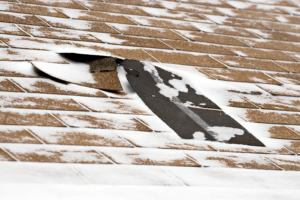
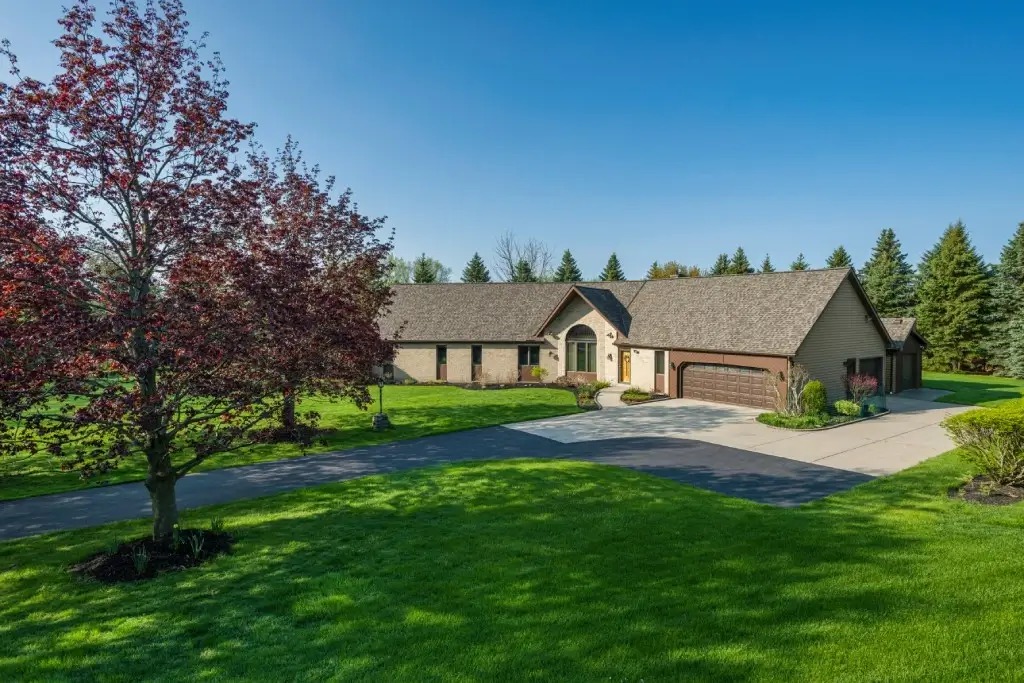
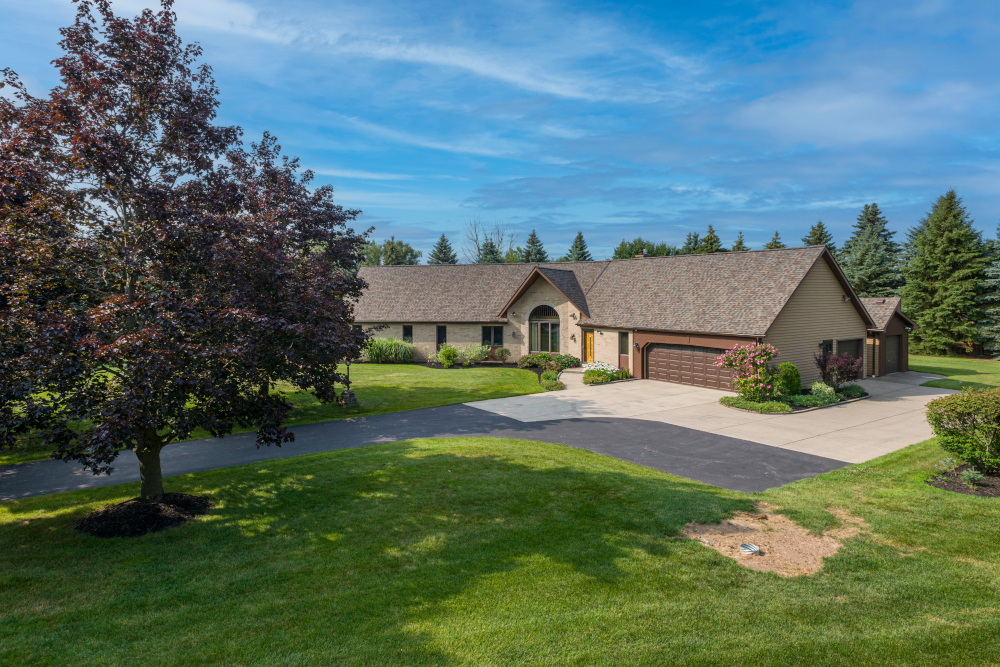
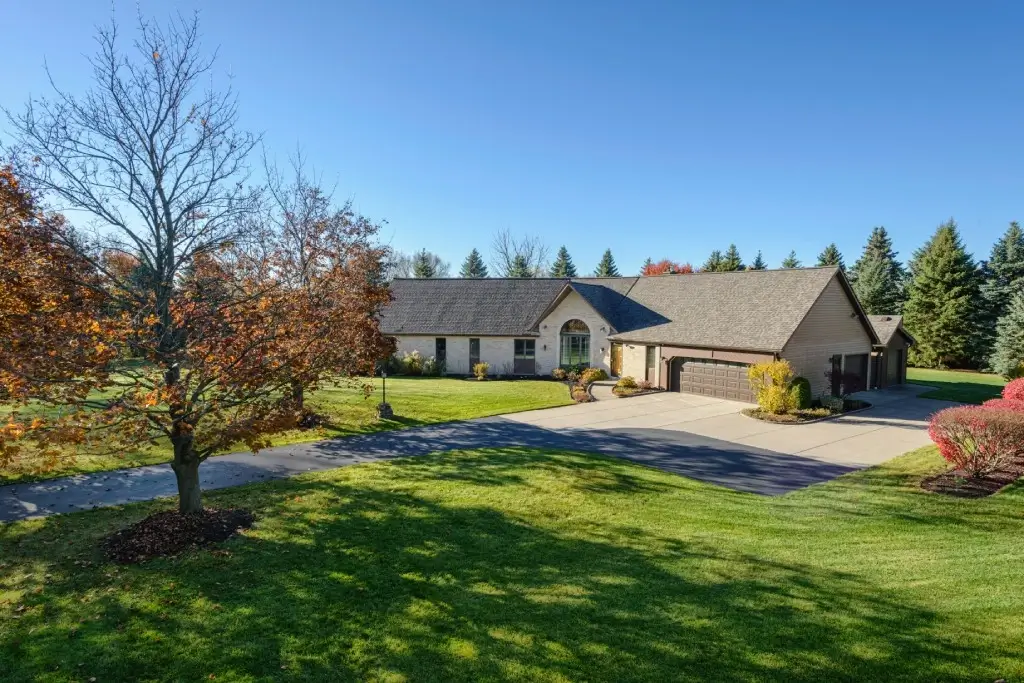
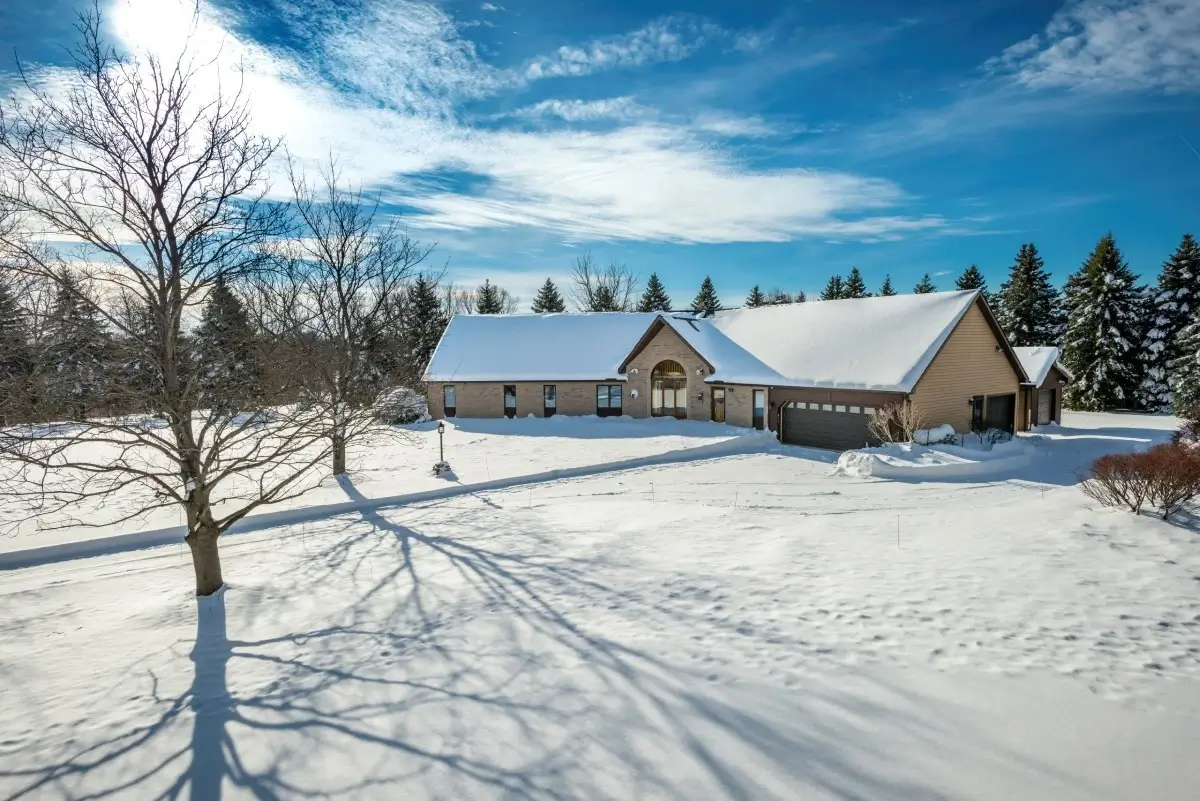
Ed Wartko
5 years agoWinds the last 3 months of March are blowing off 30 yr old warranty rooves in WNY. My roof was 12 yrs into it’s life.
Buffalo and WNY is #10 as the most Windy area in the USA.Its a crap shoot whether your or another contractor’s work lasts because of wind damage
Thanks
Admin
5 years agoHi Ed, thanks for reaching out. We appreciate your feedback.
While on average, what you said is true for most roofers, this is likely because of the way they install the shingles.
From my experience, every shingle that I see blow off, this year or any other year, is related to substandard nailing practices. Even in our case, the few times we’ve ever had a problem, it’s because someone didn’t nail as well as they should have.
Other things such as product failure or sealant failure can also be a factor in the wind blow offs.
Steve Rott
Jane McKenzie
3 years agoMy new roof put on last week of sept 2020 the shingles started blowing up in 30 to 40 mile hr winds one area if roof that we could see from the house. By nov 1st one area ripped off. Supplier trying to say they did not seal cause we have @ couple of trees close to home and getting shade west side of home. In the hottest avg temp in our area in Oct.was 71 to 87 degrees. What do you say reason. We dont need an inspection just trying to come back on the supplier
Admin
3 years agoHi Jane, we’re guessing that you are somewhere down south, as the temperatures seem to indicate. There are more questions we would want to ask before providing a more definite, specific, response. However, the information you provided, suggests certain likelihoods…
First, the shingles started blowing off in relatively low winds. If it was nailed correctly, chances are extremely low they would’ve blown off, whether it was sealed or not. Hence, almost certainly, it’s an installation issue.
Also, while direct sunlight is best, there may be a sealant problem in general, as that type of temperature is likely to cause the sealant to activate. As we are based in a cooler climate, we usually tell our customers it takes a full season to complete the process of the sealant being fully operational.
Shaded areas are more likely to have issues in general, but again, if it’s a decent shingle, nailed properly, blow off‘s are rare, especially at those relatively low wind velocities.
We do roof installations all year, including freezing temperatures, and don’t have issues.
A few years ago, when one of our guys had nailed high, there were blowups. We redid an entire section, and re-nailed the entire roof, and never had a problem since. Nobody’s perfect! However, having a commitment as a company to do things right every time, especially on the point of good nailing, makes all the difference.
I would pursue the improper installation aspect if I were you, as the contractor is most likely to blame for your problem. If the contractor will not take responsibility, I would have an independent individual, from another company, or an association like the Home Improvement Council, do an inspection to determine the truth of the matter.
As far as the wholesaler goes, they’re not necessarily wrong, or right; they’re just not probably the relevant party to address the problem.
I hope this long-winded response helps!
– Steve Rott
Carlton Ladick
7 months agoI do agree with all of the ideas you have presented in your post. They’re very convincing and will definitely work. Still, the posts are too short for novices. Could you please extend them a bit from next time? Thanks for the post.
Kevin Evanetski
7 months agoThank you for the feedback, Carlton. We’ll keep this in mind for future blog posts!